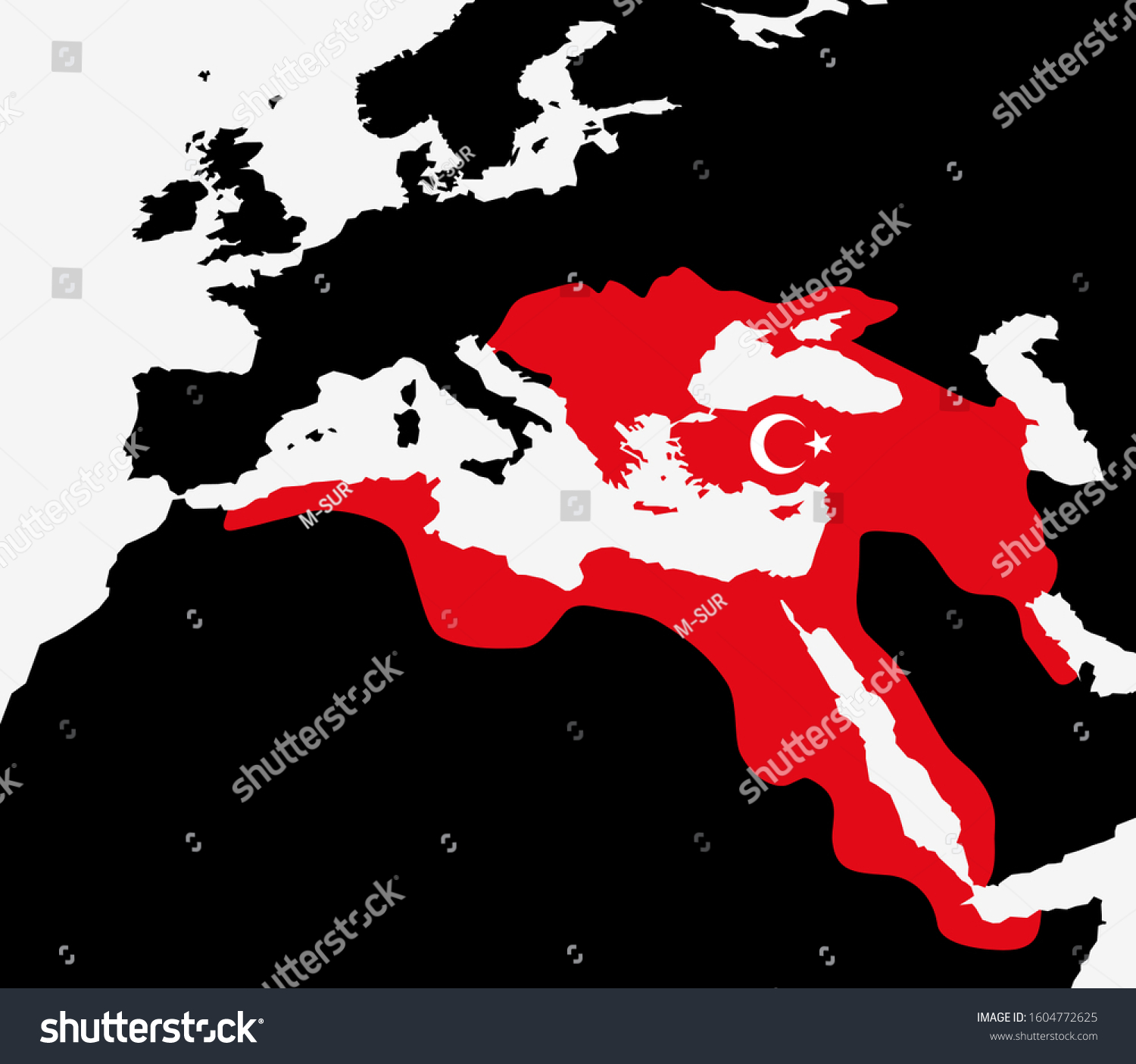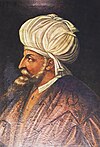The Safavid dynasty (/ˈsæfəvɪd, ˈsɑː-/; Persian: دودمان صفوی, romanized: Dudmâne Safavi,pronounced [d̪uːd̪ˈmɒːne sæfæˈviː]) was one of the most significant ruling dynasties of Iran from 1501 to 1736.The Safavid dynasty had its origin in the Safavid order of Sufism, which was established in the city of Ardabil in the Iranian Azerbaijan region. It was an Iranian dynasty of Kurdish origin,but during their rule they intermarried with Turkoman,Georgian,Circassian,land Pontic Greek dignitaries. From their base in Ardabil, the Safavids established control over parts of Greater Iran and reasserted the Iranian identity of the region,thus becoming the first native dynasty since the Sasanian Empire to establish a national state officially known as Iran.
Ottoman Empire,Safavid Empire and Mughal Empire Map.
TIMELINE OF RULERS OF SAFAVID DYNASTY
ISMAIL I (Abu’l Muzaffar Shah Ismail al-Husayni al-Musavi al-Safavi Bahadur Khan)(1501-1524)
TAHMASP I (Abu’l Muzaffar Abu’l Fath Shah Tahmasp al-Husayni al-Musavi al-Safavi Bahadur Khan)(1524-1576)
ISMAIL II (Abu’l Muzaffar Shah Ismail II al-Husayni al-Musavi al-Safavi Bahadur Khan)(1576-1577)
MOHAMMAD KHODABANDA (Abu’l Muzaffar Shah Sultan Mohammad al-Husayni al-Musavi al-Safavi Bahadur Khan)(1578-1587)
ABBAS I / ABBAS THE GREAT (
Abu’l Muzaffar Shah Abbas al-Husayni al-Musavi al-Safavi Bahadur Khan)(1588-1629)
SAFI I (Abu’l Muzaffar Safi Shah al-Husayni al-Musavi al-Safavi Bahadur Khan)(1629-1642)
ABBAS II (Abu’l Muzaffar Shah Abbas II al-Husayni al-Musavi al-Safavi Bahadur Khan)(1642-1666)
SULEIMAN I / ABBAS II (Abu’l Muzaffar Shah Suleiman al-Husayni al-Musavi al-Safavi Bahadur Khan)(1666-1694)
SULTAN HUSEYN (Abu’l Muzaffar Shah Sultan Husayn al-Husayni al-Musavi al-Safavi Bahadur Khan)(1694-1722)




_-_Sultan_Osman_I._-_2242_-_Bavarian_State_Painting_Collections.jpg/220px-Paolo_Veronese_(Nachfolger)_-_Sultan_Osman_I._-_2242_-_Bavarian_State_Painting_Collections.jpg)

